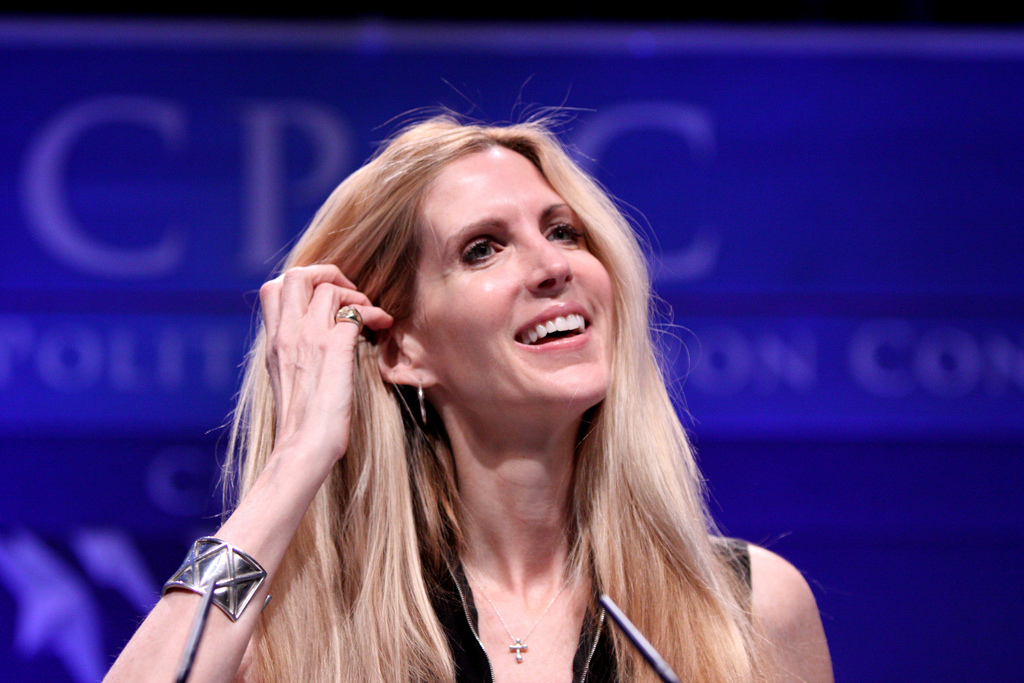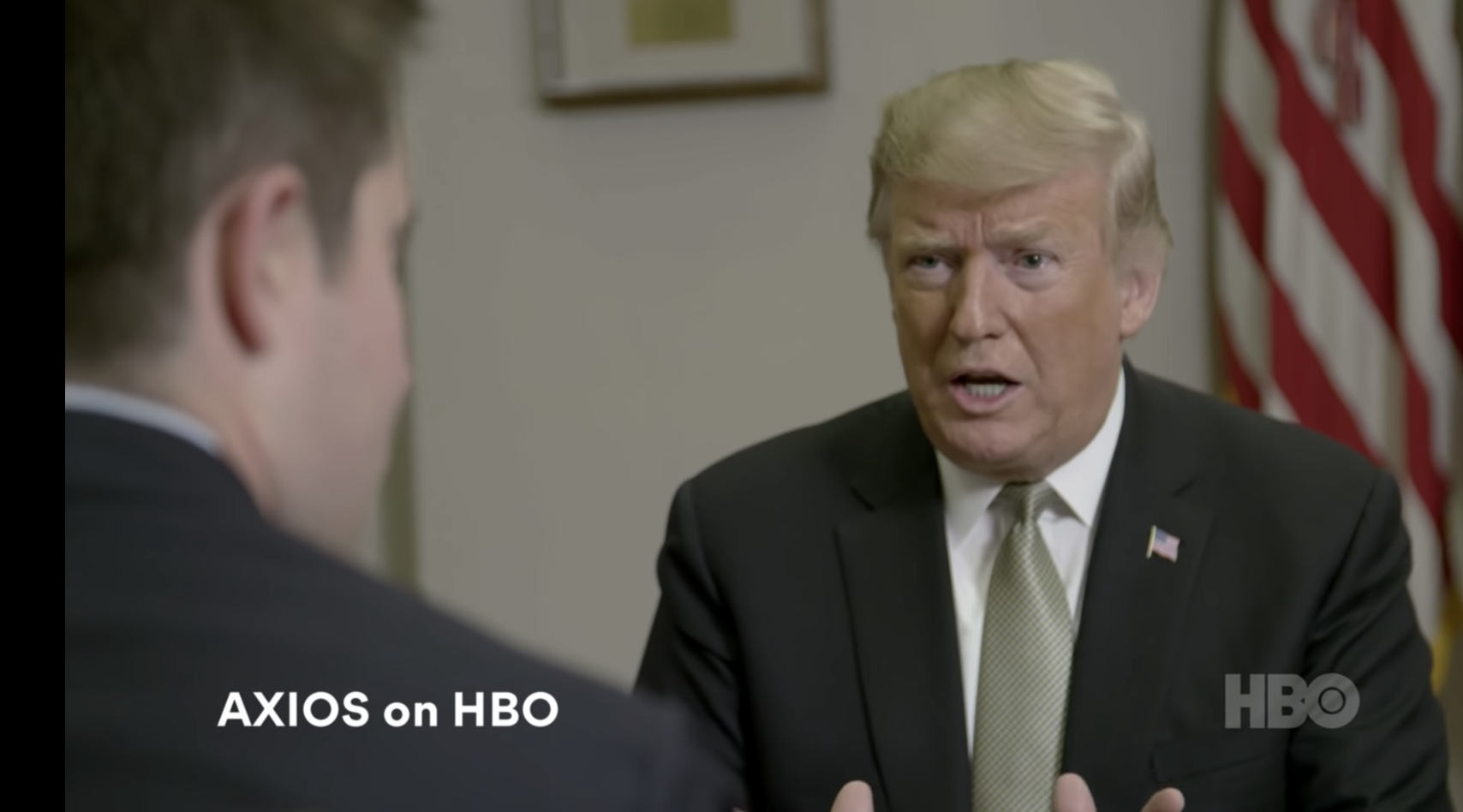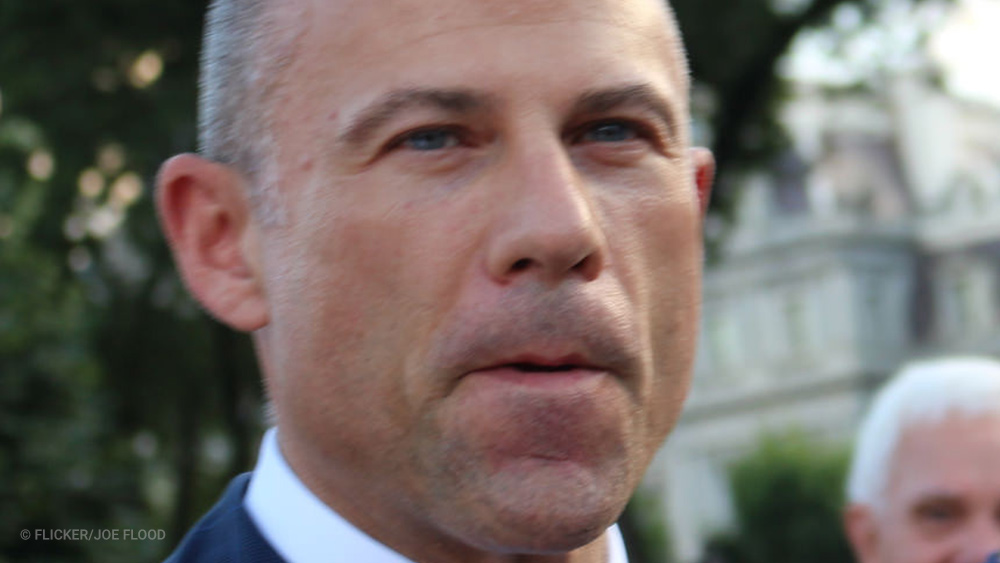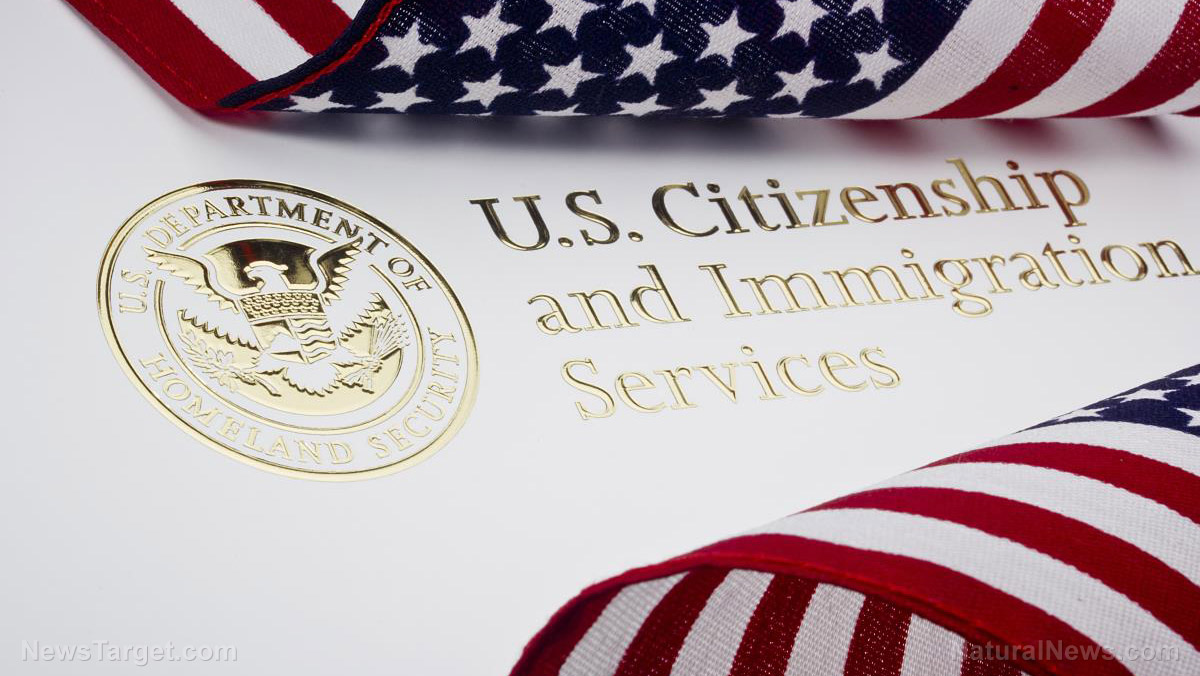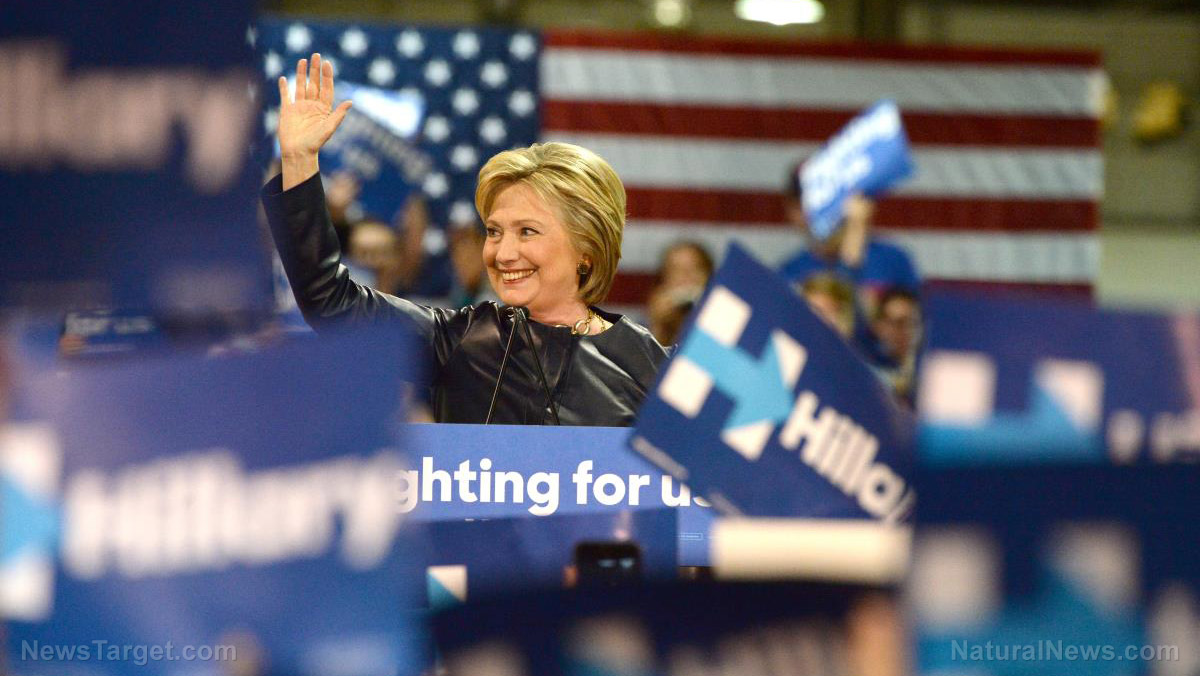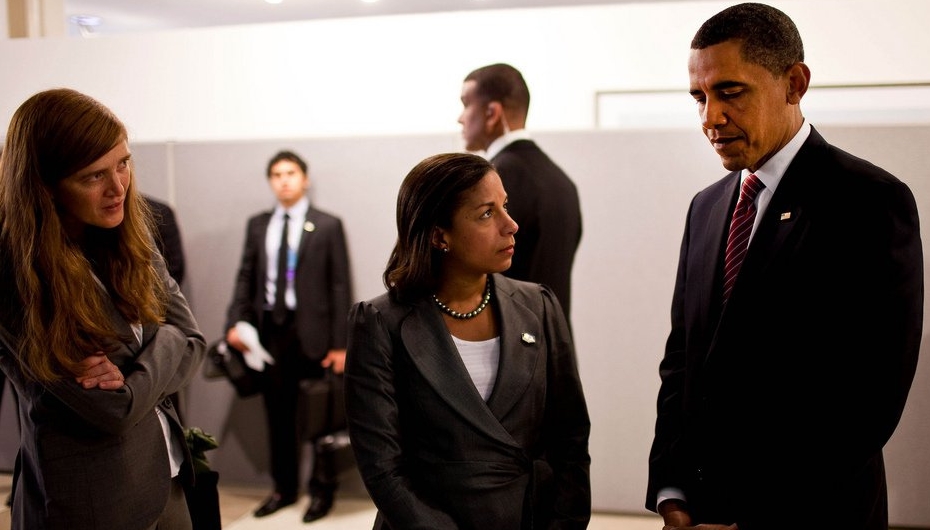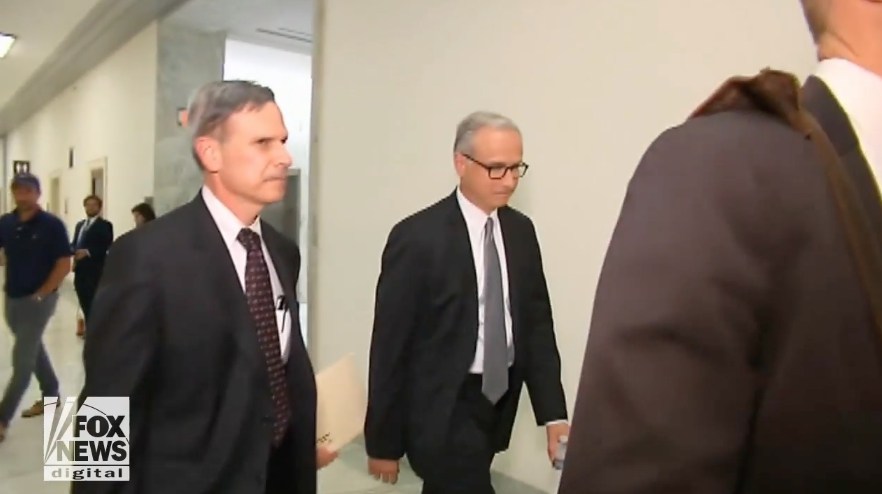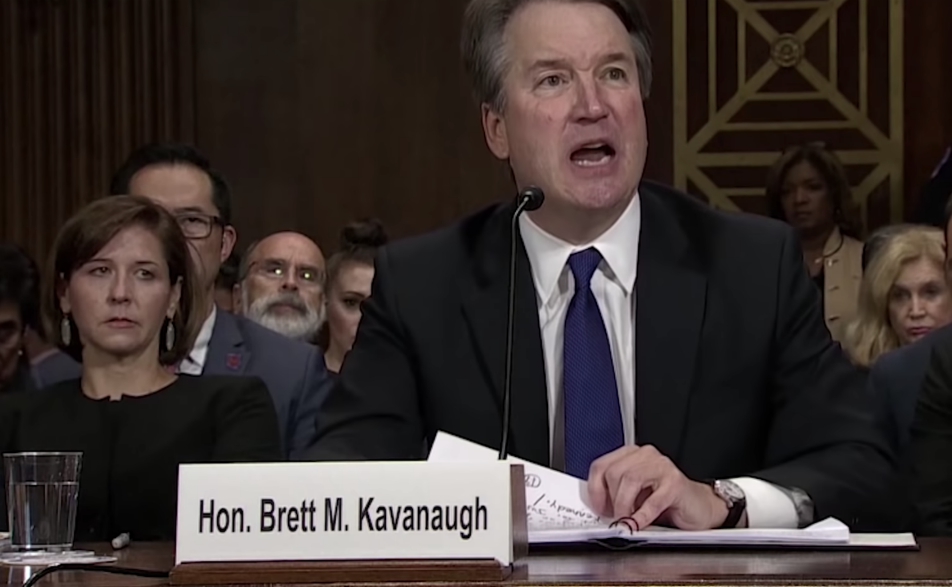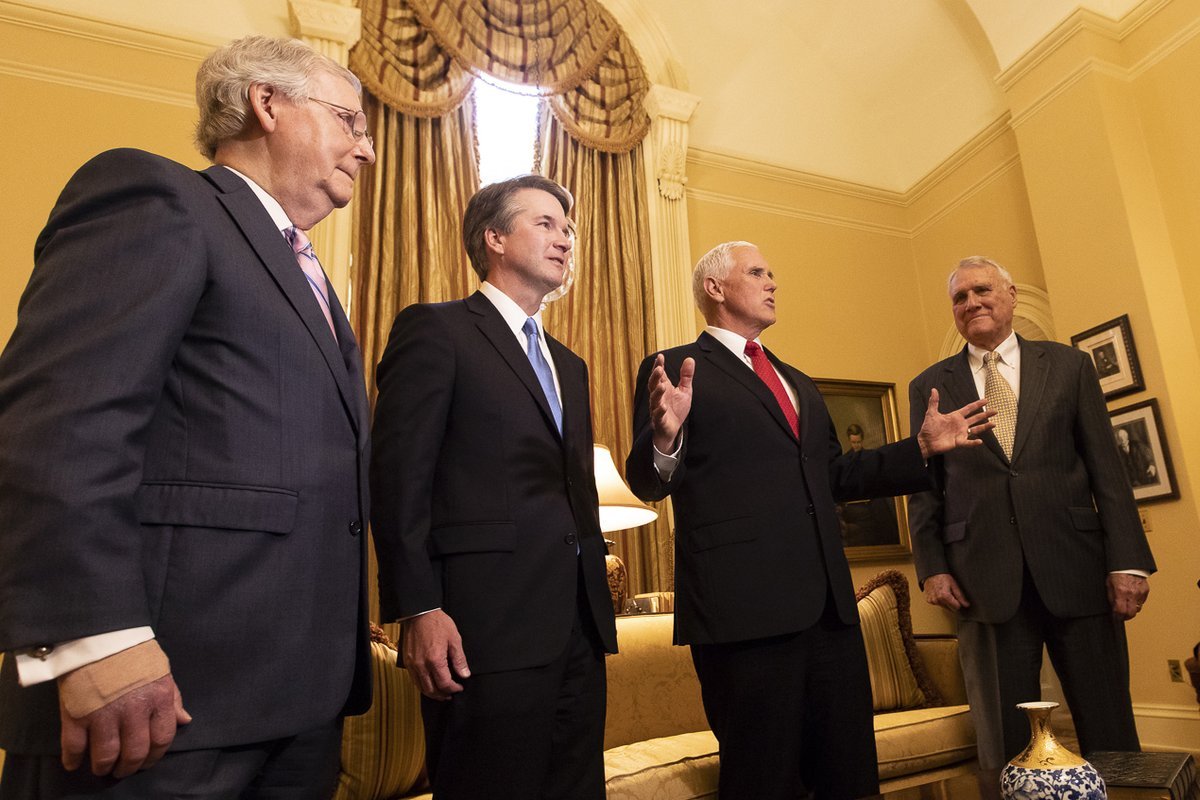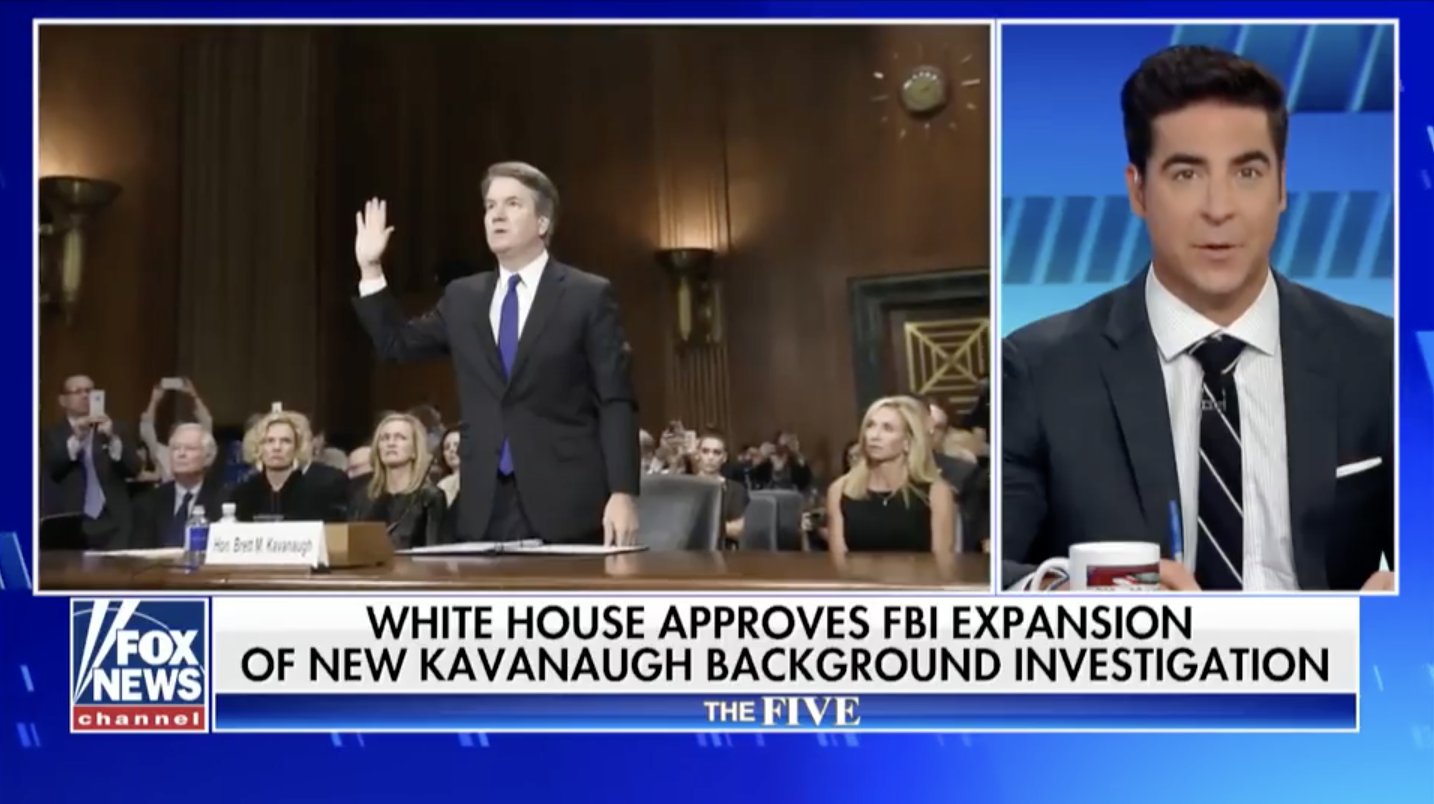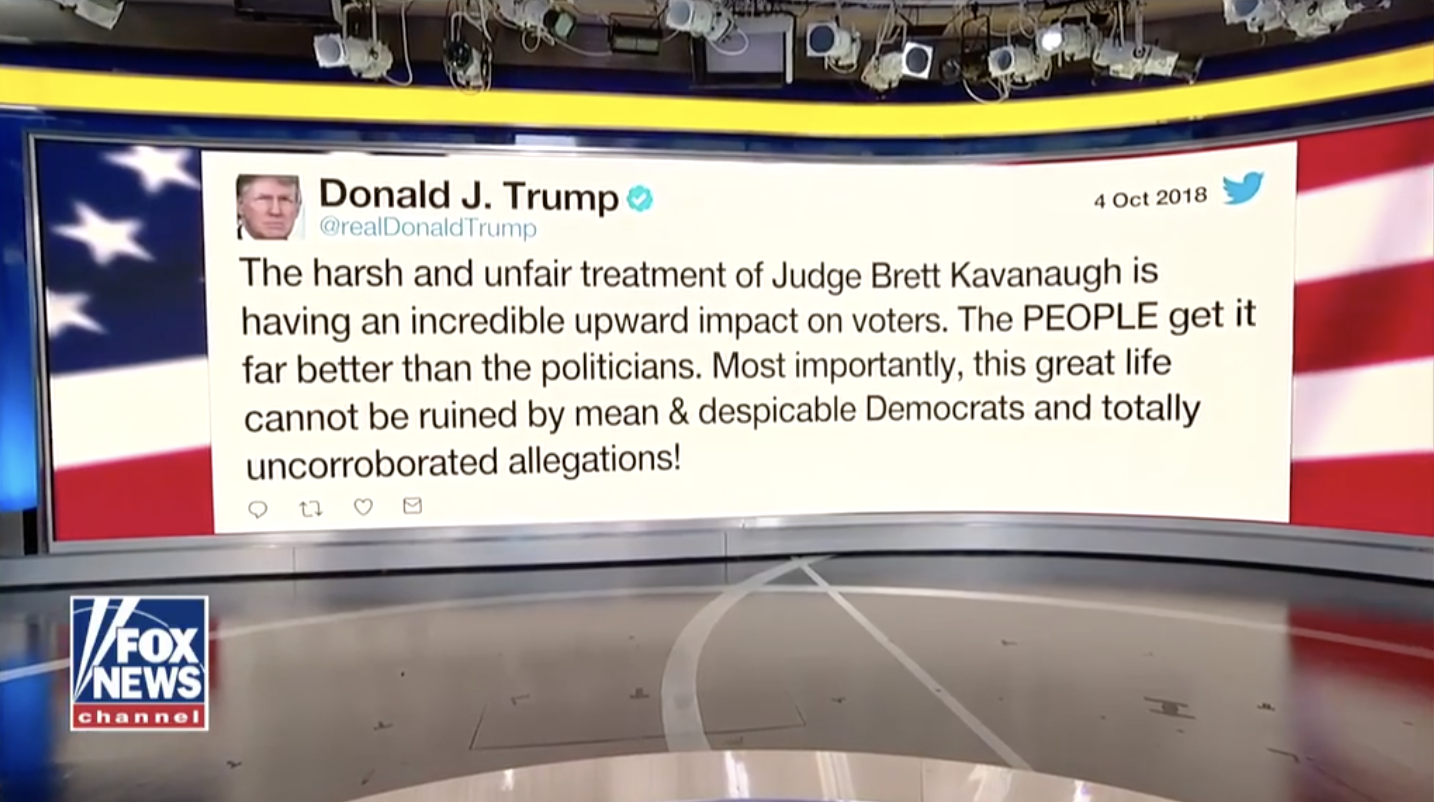From Whitewater to Benghazi: A Clinton-Scandal Primer
08/11/2016 / By whitehousenews
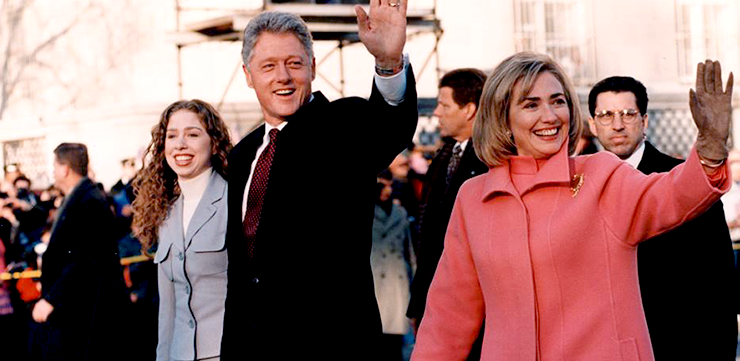
Newly released emails have shown again the troublesome interconnections between the Clinton Foundation and the Hillary Clinton-led State Department.
(Article by David A. Graham)
The conservative accountability group Judicial Watch released Tuesday night a tranche of nearly 300 emails it obtained through a lawsuit, and they paint a picture of some of the conflicts of interest created by a situation in which Hillary Clinton ran U.S. foreign policy as her husband’s foundation acted around the globe. Many of the emails are redacted, and some are almost comically boring—“No new voice messages,” one reads in full—but others are not.
In one of the more piquant interactions, from April 2009, Doug Band, a close confidant of former President Clinton who was then in charge of the foundation’s Clinton Global Initiative, pressed top Clinton aides Huma Abedin and Cheryl Mills for a connection at the State Department for Gilbert Chagoury, a Nigerian-Lebanese billionaire who was a major benefactor of the Clinton Foundation.
“It’s jeff feltman. I’m sure he knows him. I’ll talk to jeff,” Abedin replied, referring to the then-U.S. ambassador to Lebanon. Band responded, “Better if you call him. Now preferable. This is very important… He’s awake I’m sure.”
On Wednesday, Chagoury released a statement through a spokesman, saying he had hoped to pass along insights about the Lebanese election, but that nothing had come of it. He said he had not spoken with Clinton or any member of her staff since 2006.
According to Clinton Foundation records, Chagoury has given the charity between $1 and $5 million, and pledged $1 billion to CGI. He had ties to the former Nigerian dictator Sani Abacha, according to The Wall Street Journal, as well as to Christian politicians in highly sectarian Lebanon. In 2000, he paid a $66 million fine in Nigeria as part of a plea deal in a money-laundering case.
In another case, Band appears to be lobbying for a job for someone. Also in April 2009, he wrote to State Department official Nora Toiv as well as Mills and Abedin, saying it was “important to take care of” an individual, whose name is redacted. Abedin replied, “We have all had him on our radar. Personnel has been sending him options.”
The Clinton campaign issued a statement saying Band’s correspondence was unrelated to the Clinton Foundation:
Neither of these emails involve the Secretary or relate to the Foundation’s work. They are communications between her aides and the President’s personal aide, and indeed the recommendation was for one of the Secretary’s former staffers who was not employed by the Foundation.
But rather than reassure, that statement only emphasizes the unusual and awkward situation. How would a third-party observer know when Band was working in his private capacity as an aide to Bill Clinton, and when he was working in his CGI capacity? For that matter, would Abedin and Mills know? The overlapping interests are effectively impossible to entangle. Moreover, the Chagoury interaction is not the first one in which Foundation donors had cause to deal with the State Department, raising the possibility of quid-pro-quos.
Judicial Watch also noted that there were 44 emails in the batch which Hillary Clinton had not turned over to the State Department as part of public-records compliance.
The new disclosures weave together two threads of scandals around Hillary Clinton. The first are the many possible conflicts of interest involving the Foundation and Foggy Bottom, in which there have been various sightings of smoke but no obvious flames as yet. The second are her emails. Even after the Department of Justice announced on July 6 that Clinton would not face charges related to her use of a private email server, the fact and content of those emails continues to haunt her. FBI Director James Comey called Clinton and her aides “extremely careless in their handling of very sensitive, highly classified information,” and the State Department is still probing the emails. Meanwhile, lawsuits like Judicial Watch’s continue to produce embarrassing revelations.
The emails represent something of a classic Clinton scandal. Although the House investigation turned up no evidence of wrongdoing on her part with respect to the attacks themselves, it was during that inquiry that her private-email use became public. This is a pattern with the Clinton family, which has been in the public spotlight since Bill Clinton’s first run for office, in 1974: Something that appears potentially scandalous on its face turns out to be innocuous, but an investigation into it reveals different questionable behavior. The canonical case is Whitewater, a failed real-estate investment Bill and Hillary Clinton made in 1978. Although no inquiry ever produced evidence of wrongdoing, investigations ultimately led to President Clinton’s impeachment for perjury and obstruction of justice.
With Hillary Clinton leading the field for the Democratic nomination for president, every Clinton scandal—from Whitewater to the State Department emails—will be under the microscope. (No other American politicians—even ones as corrupt as Richard Nixon, or as hated by partisans as George W. Bush—have fostered the creation of a permanent multimillion-dollar cottage industry devoted to attacking them.) Keeping track of each controversy, where it came from, and how serious it is, is no small task, so here’s a primer. We’ll update it as new information emerges.
The Clintons’ Private Email Server
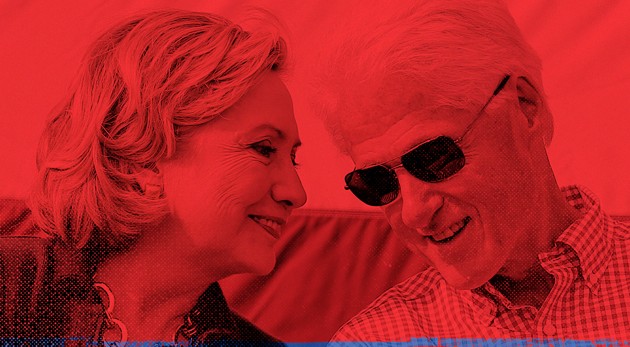
When? 2009-2013, during Clinton’s term as secretary.
Who? Hillary Clinton; Bill Clinton; top aides including Huma Abedin
How serious is it? Serious, but slightly less serious. A May report from the State Department inspector general is harshly critical of Clinton’s email approach, but Loretta Lynch announced on July 6 that the Justice Department would not pursue criminal charges, removing the threat of an indictment that could be fatal to her campaign. But the scandal will remain a millstone around her neck forever. Comey’s damning comments about her conduct—“Although we did not find clear evidence that Secretary Clinton or her colleagues intended to violate laws governing the handling of classified information, there is evidence that they were extremely careless in their handling of very sensitive, highly classified information”—will reverberate throughout the campaign. Also unresolved is the question of whether Clinton’s server was hacked. Comey said the FBI did not find any proof, but he also said that “we would be unlikely to see such direct evidence.” Meanwhile, a recently released deposition shows Abedin expressing her frustration with the unwieldy setup, which she called “not a good system.”
Clinton’s State Department Emails
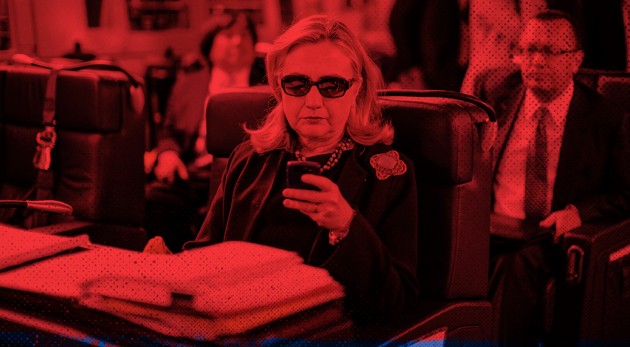
Secretary of State Hillary Clinton checks her phone on board a plane from Malta to Tripoli, Libya. (Kevin Lamarque / Reuters / Zak Bickel / The Atlantic)
What? Setting aside the question of the Clintons’ private email server, what’s actually in the emails that Clinton did turn over to State? While some of the emails related to Benghazi have been released, there are plenty of others covered by public-records laws that are still in the process of being vetted for release.
When? 2009-2013
How serious is it? Serious, but not as serious as it was. While political operatives hoped for embarrassing statements in the emails—and there were some cringeworthy moments of sucking up and some eye-rolly emails from contacts like Sidney Blumenthal—they were, for the most part, boring. More damaging is the fact that 110 emails included classified information at the time they were sent or received, even though Clinton had insisted she did not send or receive anything classified. Meanwhile, some emails remain to be seen. The State Department, under court order, is slowly releasing the emails she turned over, but there are other emails that she didn’t turn over, which have surfaced through court battles. In particular, roughly 160 emails that Clinton did not turn overhave now surfaced through lawsuits by the conservative group Judicial Watch, raising questions about how and why they were withheld. In one, she even wondered about how her messages would be handled: “I have just realized I have no idea how my papers are treated at State. Who manages both my personal and official files?”
Benghazi

What? On September 11, 2012, attackers overran a U.S. consulate in Benghazi, Libya, killing Ambassador Chris Stevens and three other Americans. Since then, Republicans have charged that Hillary Clinton failed to adequately protect U.S. installations or that she attempted to spin the attacks as spontaneous when she knew they were planned terrorist operations. She testifies for the first time on October 22.
When? September 11, 2012-present
How serious is it? With the June 28 release of the House committee investigating Benghazi, this issue is receding. That report criticized security preparations at the American facility in Benghazi as well as stations elsewhere, but it produced no smoking guns or new accusations about things Clinton could have done the night of the attacks. Although some conservatives will likely continue to assail her, the biggest damage is likely to be iterative—the highly damaging private-email story was revealed during the course of the House inquiry.
Conflicts of Interest in Foggy Bottom
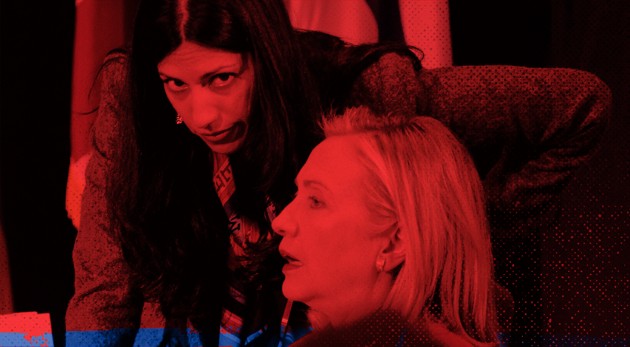
What? Before becoming Clinton’s chief of staff, Cheryl Mills worked for Clinton on an unpaid basis for four month while also working for New York University, in which capacity she negotiated on the school’s behalf with the government of Abu Dhabi, where it was building a campus. In June 2012, Deputy Chief of Staff Huma Abedin’s status at State changed to “special government employee,”allowing her to also work for Teneo, a consulting firm run by Bill Clinton’s former right-hand man. She also earned money from the Clinton Foundation and was paid directly by Hillary Clinton. In a separate case, ABC News reports that a topClinton Foundation donor named Rajiv Fernando was placed on State’s International Security Advisory Board. Fernando appeared significantly less qualified than many of his colleagues, and was appointed at the behest of the secretary’s office. Internal emails show that State staff first sought to cover for Clinton, and then Fernando resigned two days after ABC’s inquiries.
Who? Both Cheryl Mills and Huma Abedin are among Clinton’s longest-serving and closest aides. Abedin remains involved in her campaign (and she’s also married to Anthony Weiner).
When? January 2009-February 2013
How serious is it? This is arcane stuff, to be sure. There are questions about conflict of interest—such as whether Teneo clients might have benefited from special treatment by the State Department while Abedin worked for both. To a great extent, this is just an extension of the tangle of conflicts presented by theClinton Foundation and the many overlapping roles of Bill and Hillary Clinton.
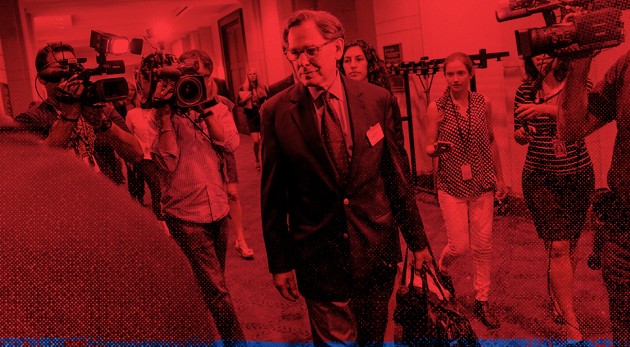
What? A former journalist, Blumenthal was a top aide in the second term of the Bill Clinton administration and helped on messaging during the bad old days. He served as an adviser to Hillary Clinton’s 2008 presidential campaign, and when she took over the State Department, she sought to hire Blumenthal. Obama aides, apparently still smarting over his role in attacks on candidate Obama, refused the request, so Clinton just sought out his counsel informally. At the same time, Blumenthal was drawing a check from the Clinton Foundation.
Tagged Under: government, Hillary Clinton, Obama, secretary of state, White House

